From September 24, 2025 to January 7, 2026, Florence will host a new exhibition dedicated to one of the greatest masterpieces in the history of Western art. Indeed, Casa Buonarroti will open the exhibition Michelangelo’s La Sistina. A Multimedia Icon, promoted by the Casa Buonarroti Foundation in collaboration with the Vatican Museums and the Region of Tuscany. The initiative, strongly supported by president Cristina Acidini and director Alessandro Cecchi, coincides with the reopening of the exhibition rooms on the ground floor, which have been restored and rearranged with the collaboration of Opera Laboratori. The itinerary is curated by Silvestra Bietoletti and Monica Maffioli and brings together more than sixty works from important Italian and international institutions.
“The exhibition itinerary, in the appropriately restored rooms, will not fail to inform, excite and surprise visitors,” stresses the president of the Buonarroti Foundation Cristina Acidini. “Masterpieces of such a height continue to act as a leaven of creativity even in difficult times, restoring confidence in humanity and its future.”
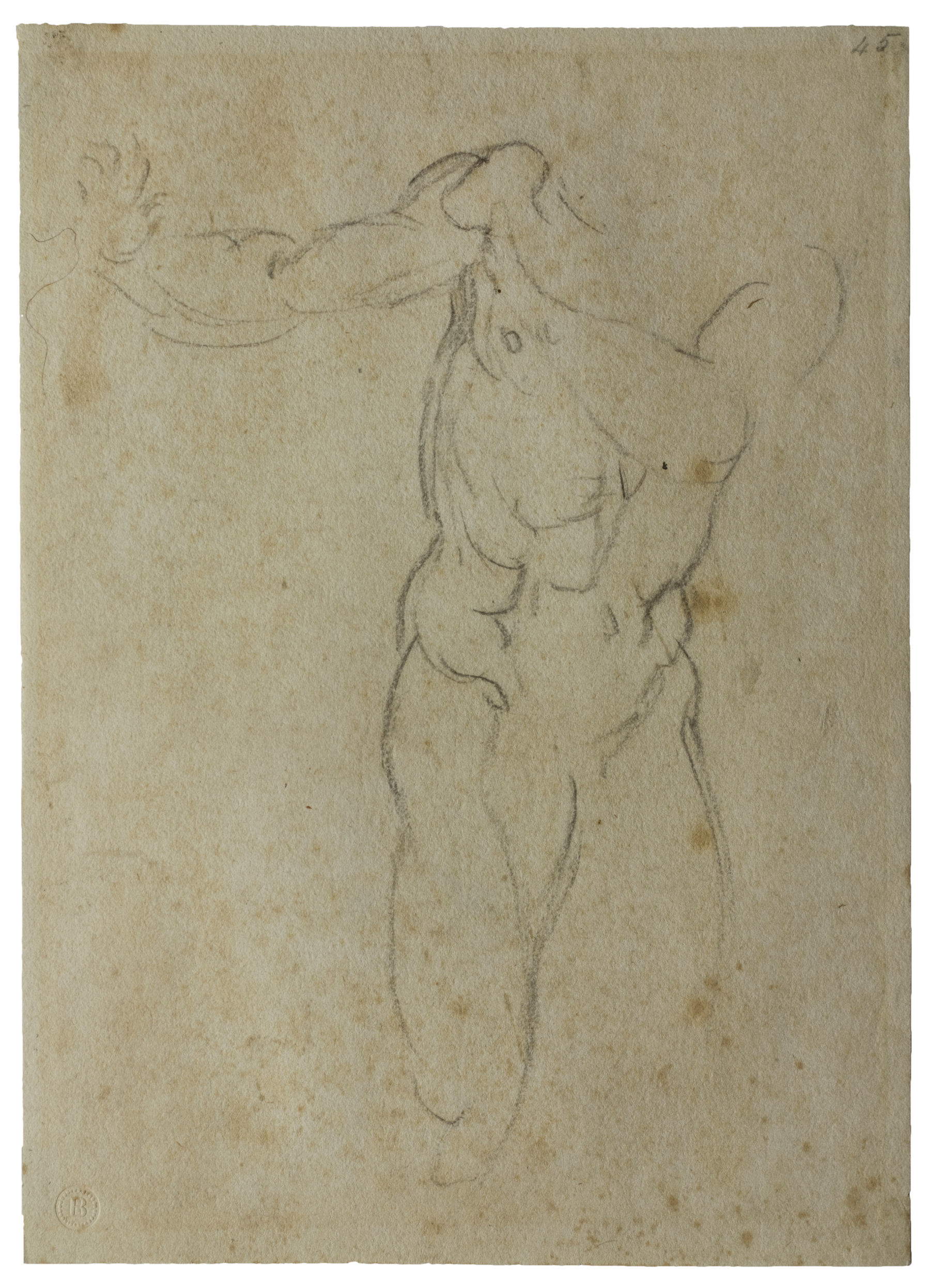
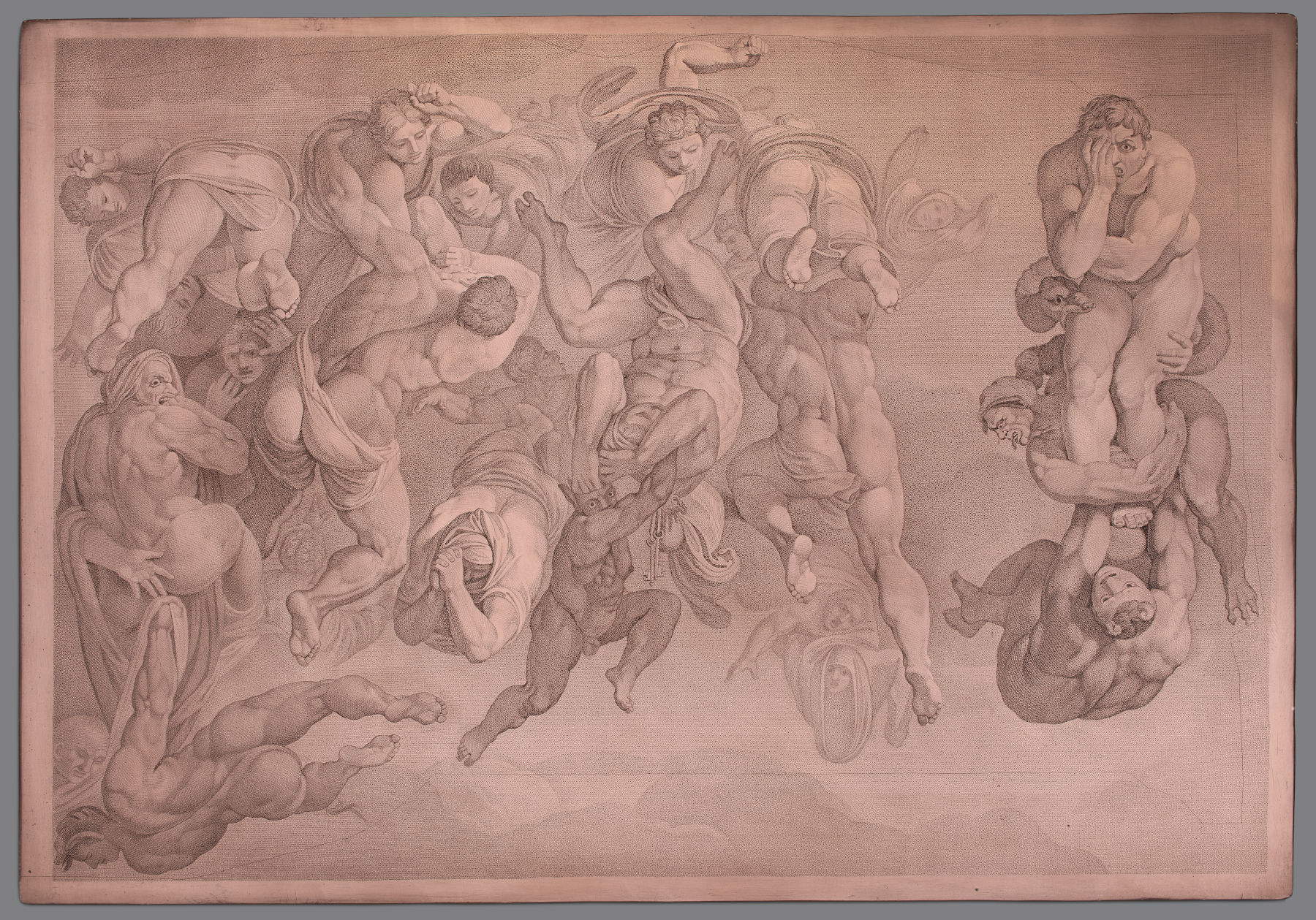
“The restoration of the Sistine Chapel directed by the Vatican Museums in the 1980s,” recalls director Barbara Jatta, “radically changed the perception of Michelangelo’s masterpiece, restoring brilliant forms and colors and making the Sistine ’the place to visit.’”
The aim of the exhibition is to analyze the dissemination and reception of Michelangelo’s Sistine Chapel cycle through the centuries, highlighting the role played by various media in building a visual fortune that transformed individual details of the work into true cultural icons. Engravings, photographic campaigns, illustrated publishing, cinematography, television documentaries and advertising graphics have contributed to making the image of the Sistine universal, often untying it from its overall context to isolate fragments that take on new meanings in contemporary times. The works come from, among others, the Accademia Albertina di Belle Arti in Turin, the Accademia delle Arti del Disegno in Florence, the Accademia di Belle Arti in Brera, the Accademia di Belle Arti in Florence, the Accademia Nazionale di San Luca, the Biblioteca Nazionale Centrale “Vittorio Emanuele II,” the Bibliotheca Hertziana, the Central Institute for Graphics, the Kunsthistorischen Institut in Florenz and the Vatican Museums.
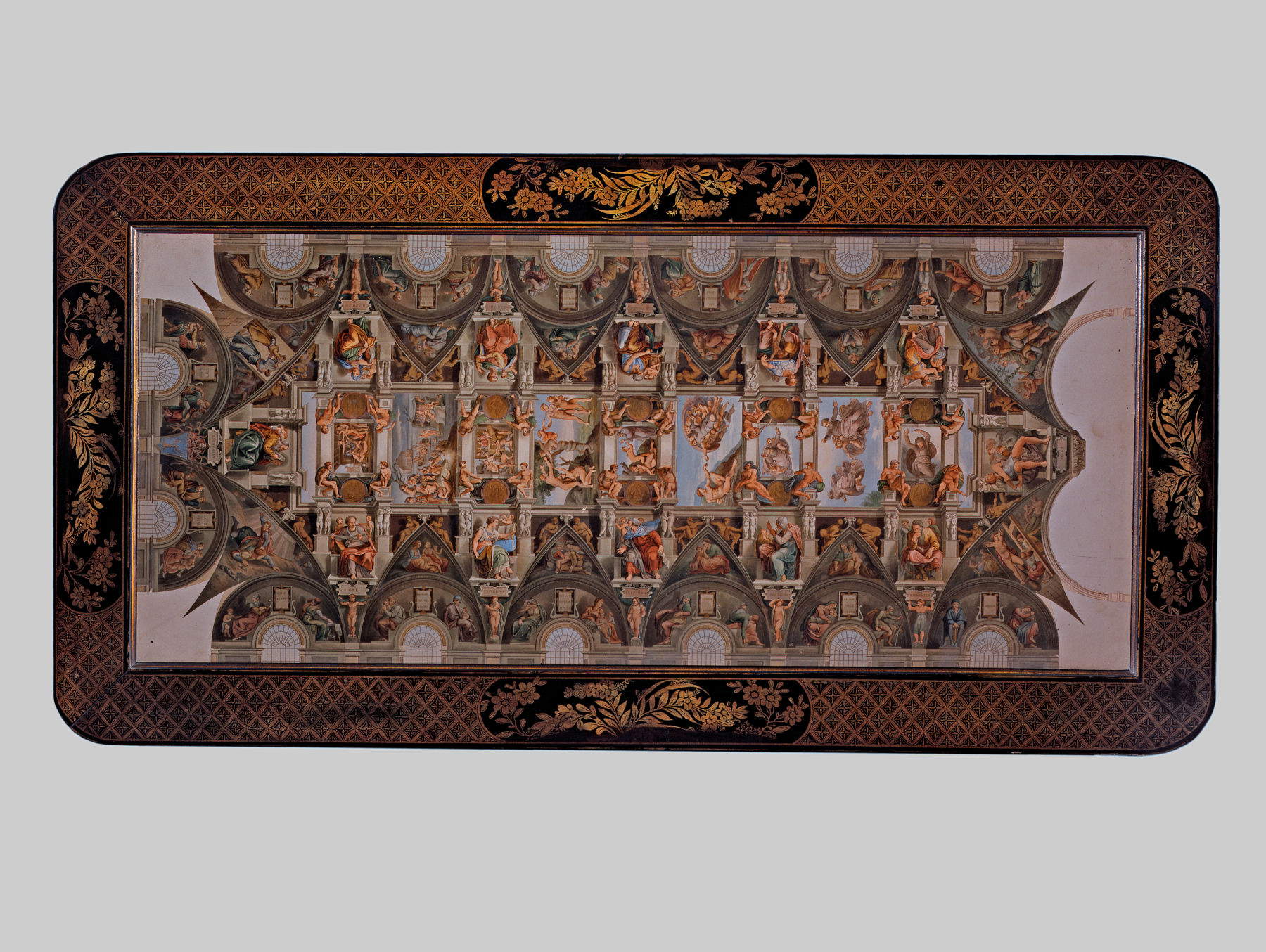
The itinerary opens with engravings made in the late 18th and early 19th centuries by Tommaso Piroli,Conrad Martin Metz and Giovanni Volpato. Their copperplates translated the great figures of the Volta and theGiudizioUniversale onto paper, selecting and reinterpreting the scenes to offer new visions of the work. This was a crucial step in the history of its dissemination, as it introduced autonomous narrative modes that anticipated the role that would later be assumed by photography. Indeed, with the nineteenth century, knowledge of the Sistine Chapel expanded thanks to the new photographic medium. The first systematic documentation campaign was carried out between 1868 and 1869 by the Alsatian Adolph Braun, which was followed by the work of the Fratelli Alinari, Giacomo Brogi and Domenico Anderson. At the same time, the first illustrated publications with chromolithographic plates, such as those of the London-basedArundelSociety, enabled the dissemination of Michelangelo’s imagery to an increasingly wide audience. The lack of color in early reproductions was compensated for by the size of the negatives and manual coloring interventions, which introduced further interpretations of the work.
“This exhibition,” explain curators Silvestra Bietoletti and Monica Maffioli, “proposes a historical excursus and a new key to interpreting the ’multimedia iconicity’ of the Sistine, showing how the media have translated and spread Michelangelo’s figurative language up to contemporary times.”
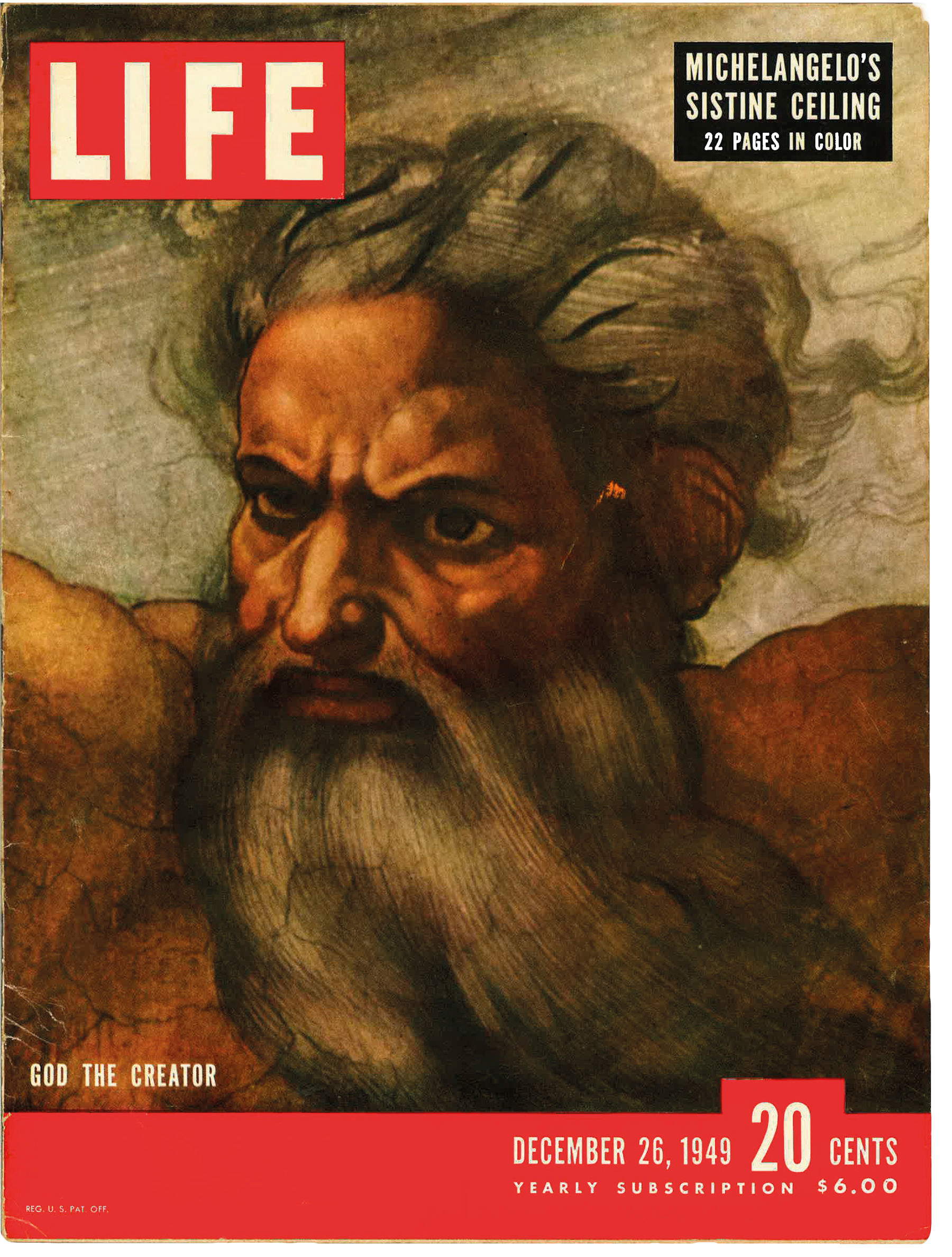
“The collection of the Buonarroti family is still the richest collection of Michelangelo’s folios in the world,” concludes Casa Buonarroti director Alessandro Cecchi, “and to welcome this exhibition in the palace wanted by Michelangelo’s great-grandson means continuing a four-century-long tradition of memory and appreciation.”
In 1949 LIFE magazine published the first color photo report on the Sistine, signed by Frank Lerner. The new techniques made it possible to restore, albeit roughly, the chromatic complexity of the pictorial cycle. The 1960s saw a further step forward with the documentary campaign carried out by Pasquale De Antonis together with art historian Roberto Salvini, which inaugurated a systematic approach to the photographic study of the vault and the Judgment. In 1964 Carlo Ludovico Ragghianti dedicated a critofilm to the Sistine, an art documentary that used the language of film in a critical key to propose a scientific reading of the work.
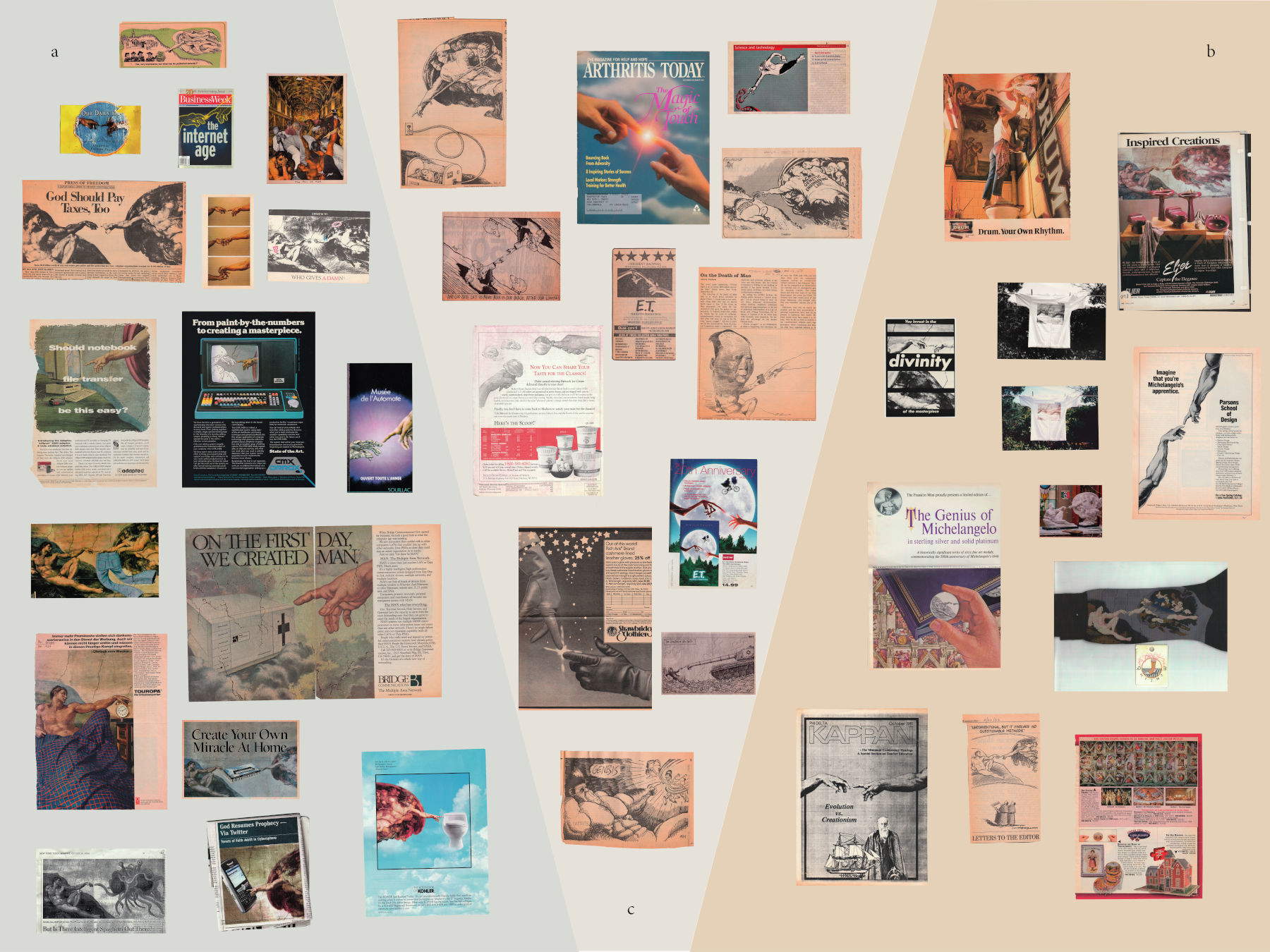
The dissemination of images of the Sistine, made possible by scientific and popular publications, opened the way for new artistic interpretations. In the 1960s Tano Festa, among the protagonists of Roman Pop Art, reworked Michelangelo’s details and transformed them into icons for mass culture. The detail of the Creation of Adam thus became a symbol reproduced and multiplied in numerous contexts, from advertising to merchandising. A similar approach, but from a historical-critical perspective, was taken by Leo Steinberg. The scholar collected and analyzed hundreds of prints from the collection of lampoons depicting details of the Sistine, considering them evidence of the work’s modern reception. The exhibition features more than forty reproductions from his collection, showing how the detail of the hands of God and Adam became an iconic synthesis of the entire fresco.
A further chapter in the visual fortunes of the Sistine is the major photographic campaign undertaken by Japanese Takashi Okamura between 1980 and 1999, during the restoration of the pictorial cycle. The images documented the recovery of the original colors, revealing a bright and bold palette that redefined the perception of the work. Color, rather than drawing, emerges as the key to interpreting Michelangelo’s painting, offering new interpretative challenges to contemporary sensibilities as well. Alongside historical evidence, the exhibition presents recent interpretations. In 2015, Canadian photographer Bill Armstrong created the series Gestures, commissioned by the Vatican Museums, in which the figures of the Last Judgment are reinterpreted through out-of-focus images, suspended in intense colors that restore the emotional tension of the bodies. Armstrong will also be the protagonist of a meeting in Florence on Sept. 24 with Tommaso Casini of Iulm University.
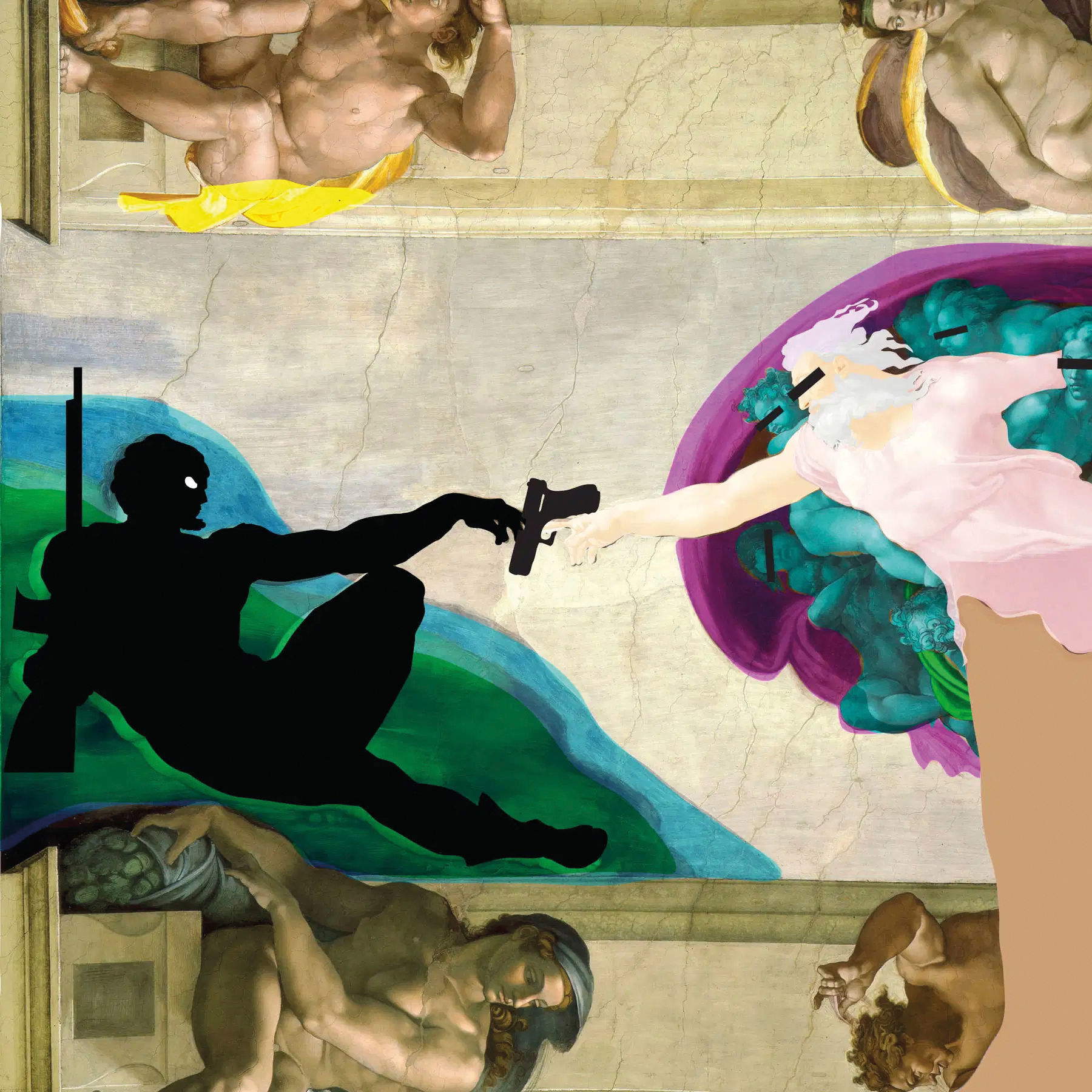
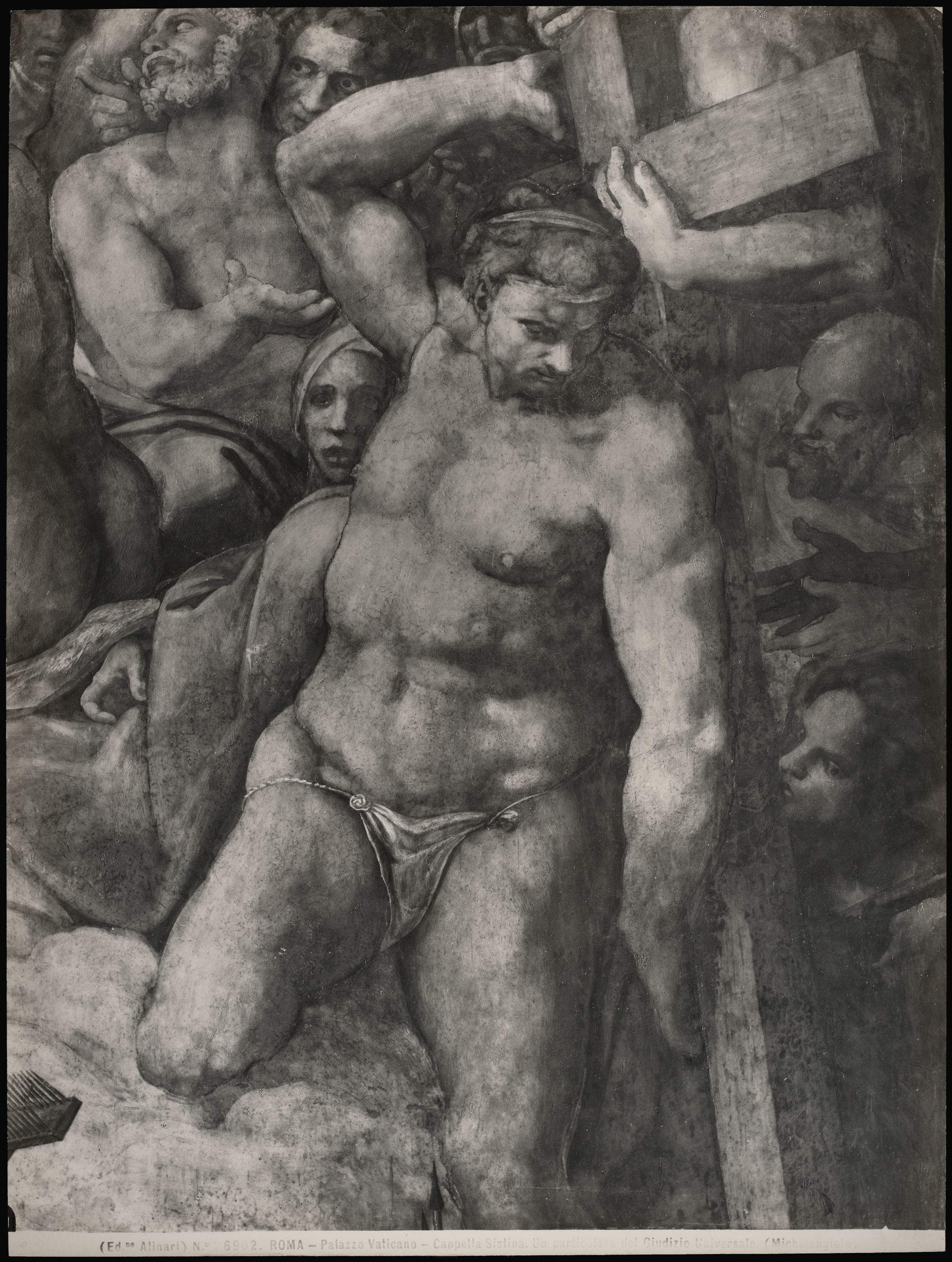
The exhibition concludes with Not in my name, a photo-graphic work created in 2014 by Sudanese artist Khalid Albaih. Here Michelangelo’s iconography becomes a tool for denunciation and reflection on the violence of contemporary wars, drawing attention to the loss of a sense of humanity in contexts of conflict. The exhibition catalog is published by Sillabe and includes contributions by Silvestra Bietoletti, Maria Francesca Bonetti, Tommaso Casini, Alessandro Cecchi, Monica Maffioli and Pierandrea Villa.
Admission:
10 a.m. to 4:30 p.m. Ticket sales cease half an hour before closing.
Closed Tuesdays and on the following holidays: Jan. 1, Easter Sunday, Aug. 15, Dec. 25
Fees:
Full: € 8.00
Reduced: € 5.00
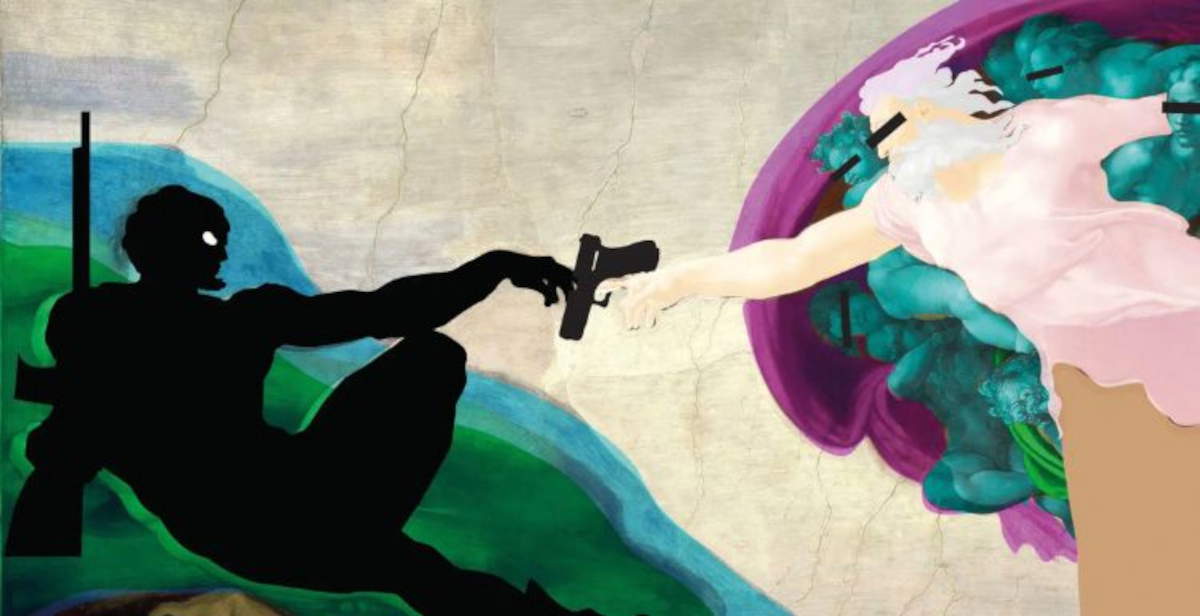 |
| Michelangelo's Sistine Chapel through the centuries: the exhibition at Casa Buonarroti |
Warning: the translation into English of the original Italian article was created using automatic tools. We undertake to review all articles, but we do not guarantee the total absence of inaccuracies in the translation due to the program. You can find the original by clicking on the ITA button. If you find any mistake,please contact us.